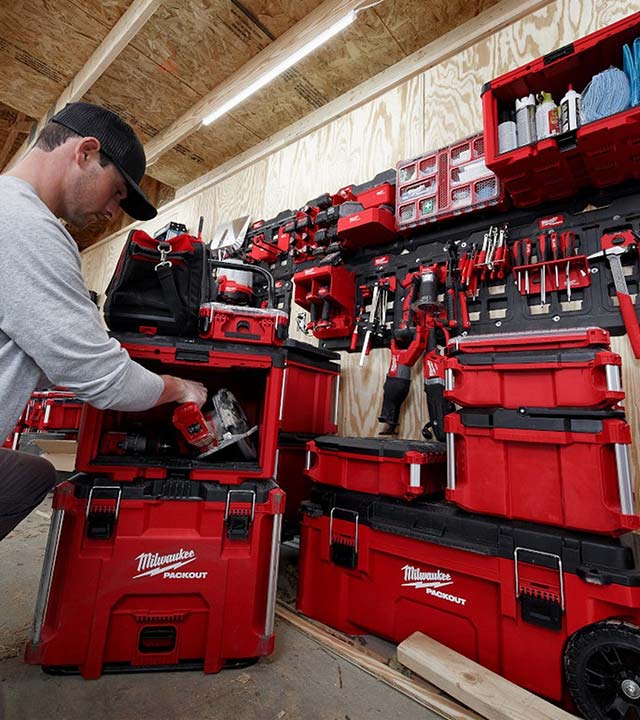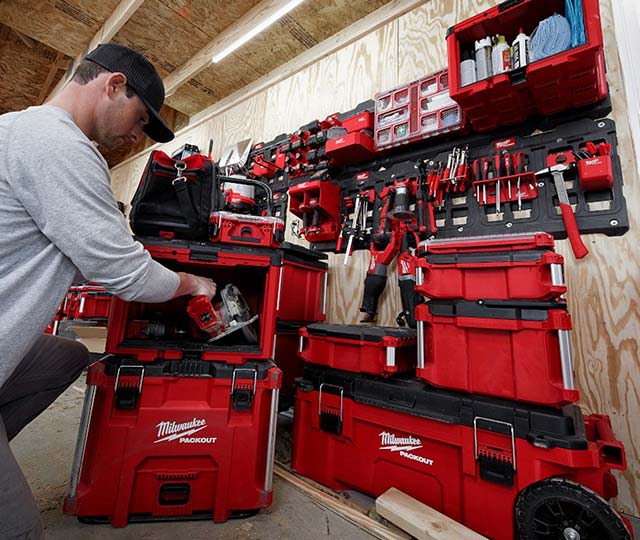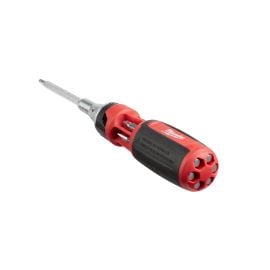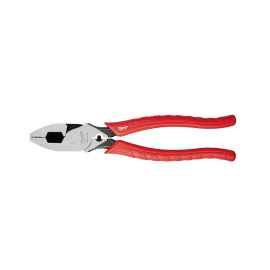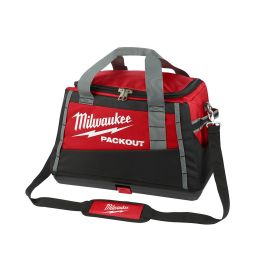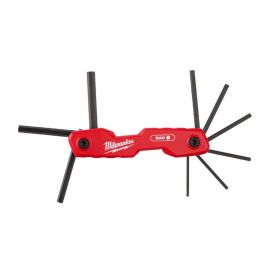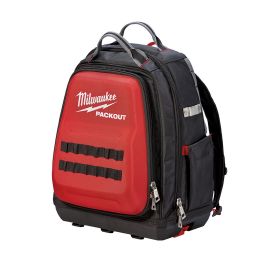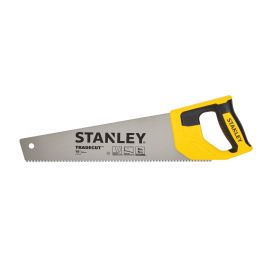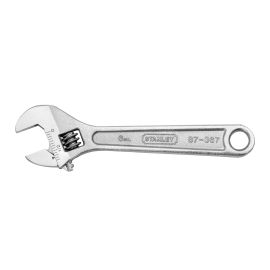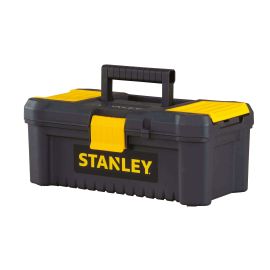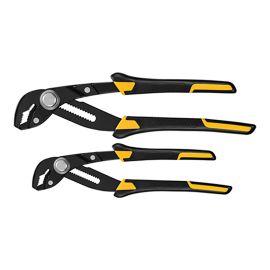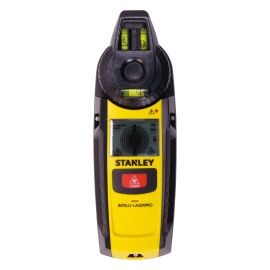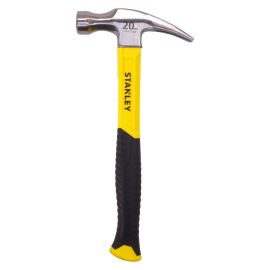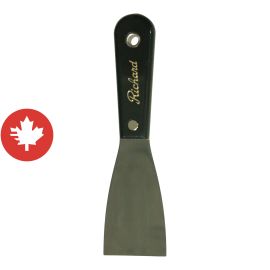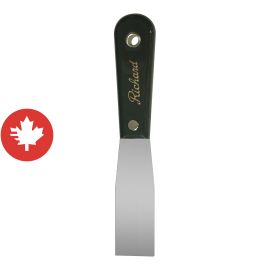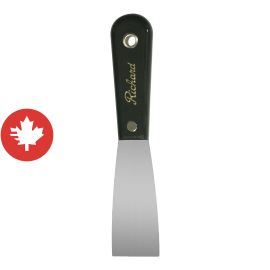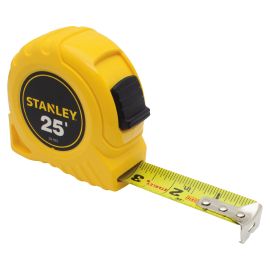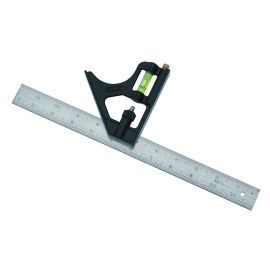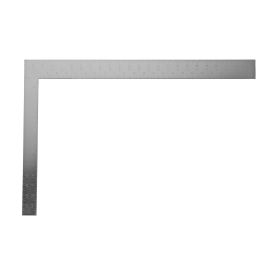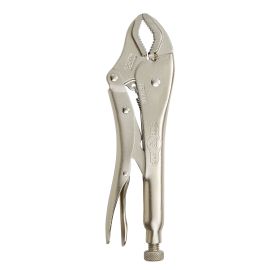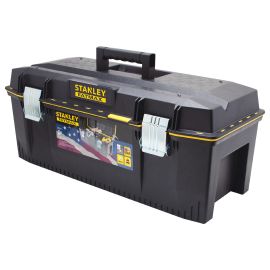Everyone has a neighbour or friend who’s better equipped with tools than the local hardware store. Although there’s a range of tools on the market, some are more essential than others. The important thing is to have a toolbox that contains everything you need to do your everyday jobs so that you don’t have to run out to a home renovation centre every time.
Choosing the right toolbox
To begin with, you have to choose a toolbox. To make the right choice, consider your budget, which will affect the quality of the toolbox you buy, and decide what size you need.
Quality
Since you want a toolbox that will last a while, choose a quality product. Opt for a heavy-duty plastic or metal toolbox. The most practical models include compartments for nails and small accessories. Be sure that the closing mechanism and hinges are durable.
Some models also include a lock, which is handy if you have young children. Other models have wheels so you can move them around easily.
Size
The size of your toolbox should be based on the number of tools you have, as well as your available storage space. Toolbox dimensions vary considerably. Sizes range from small toolboxes that are 16 in. long to complete storage systems for your workshop. In any case, since you will probably add to your tool collection over time, it’s a good idea to choose a slightly larger model.
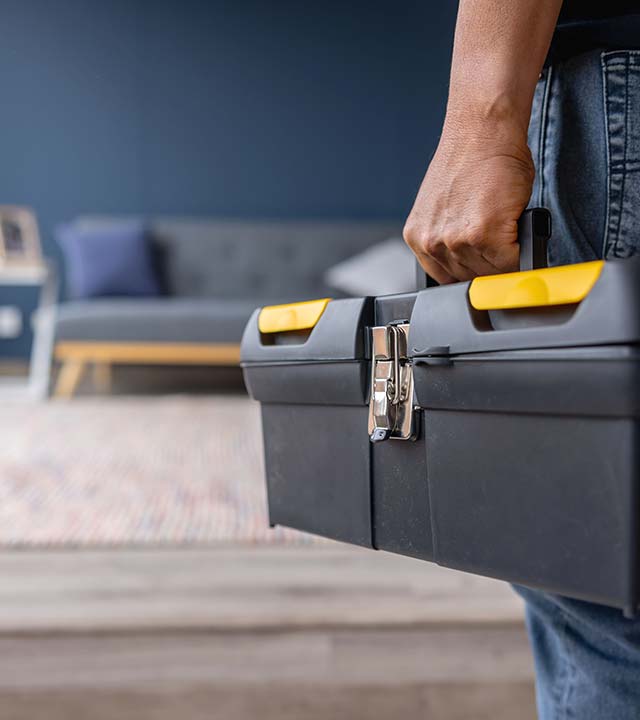
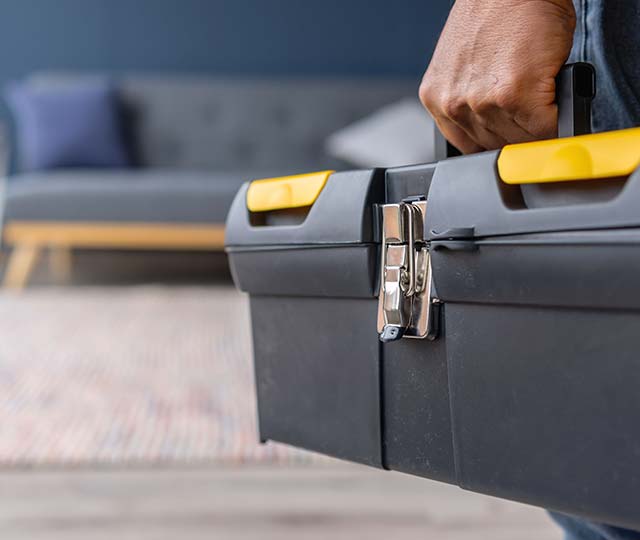
Hand tools to put in your toolbox
You can get by with basic hand tools in most situations. You can add more tools to your collection as you develop new skills. Note that you’ll want these tools to last a while, so it’s best to choose tools with a minimum quality level to avoid premature wear.
You should have :
- A multi-head screwdriver or a set of screwdrivers with different heads
- A measuring tape
- A hammer with nail puller
- At least two different size wrenches to screw and unscrew nuts
- A utility knife with an ergonomic handle to open boxes, and cut screen, vinyl tiles and much more
- Spare utility knife blades
- A set of Allen keys
- A 6-in. level (if you have room, choose a 4-ft. level, which is more accurate and can be used as a ruler)
- Universal pliers
- Flat-nose pliers
- Wire stripper pliers to cut small objects such as nails and electrical cable
- Vise-grip pliers useful for plumbing or screwing damaged nuts
- Multiple slip-joint pliers to hold, tighten and turn parts
- A handsaw (medium teeth) for cutting planks and mouldings, or a set of handsaws with a mitre box
- A stud finder to help you locate a stud before drilling a hole in the wall
- At least two different size putty knives (1 in. and 3 in.)
- A caulking gun
- A sanding block with different grit sandpaper
- A square
- A crowbar if your hammer doesn’t have a nail puller
- A pencil
Other useful products for your toolbox
Safety equipment
Although they’re not considered tools, it’s a good idea to add the following safety items to your toolbox: protective glasses, work gloves and N95 anti-dust masks.
Tape
There’s a wide variety of tapes on the market. Clear packing tape, electrical tape (black) and flexible duct tape (grey) are must-haves for everyday work around the house.
Flashlight
A flashlight is a must-have for small jobs in dark corners of the house. A headlamp is another handy option, and frees up your hands for the job.
Hanging frames
Plan ahead and add an assortment of different size screws and nails, small finishing nails, wall anchors for framing and brass wire to your toolbox.
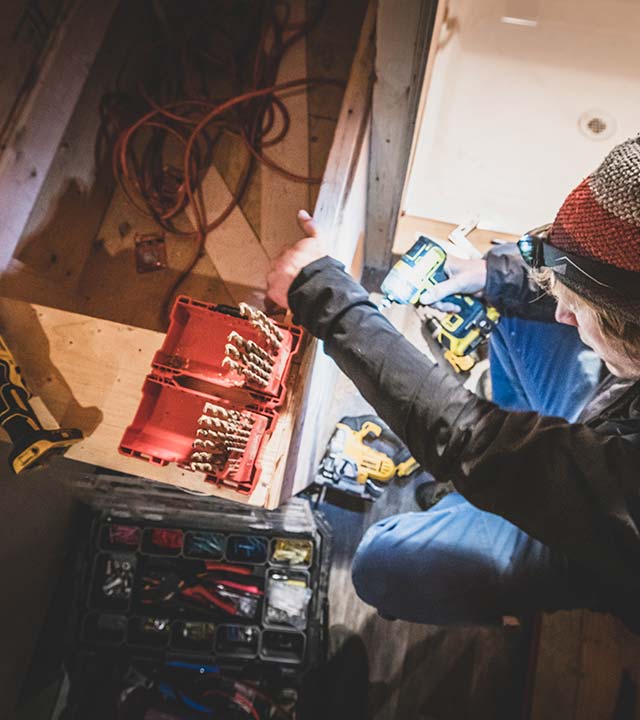
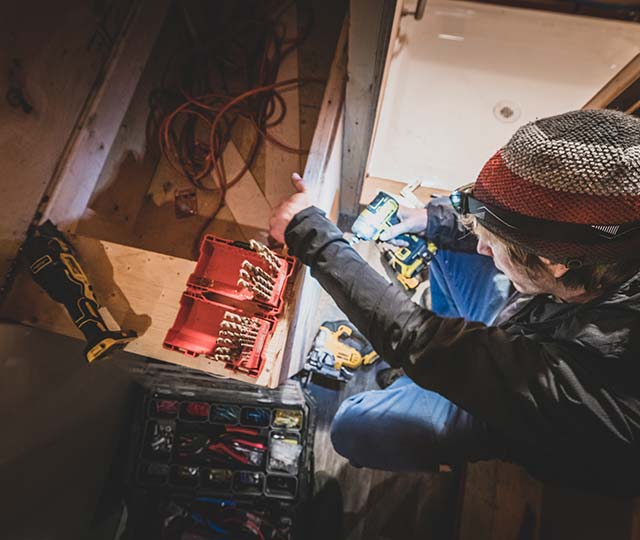
Tool storage systems
If you're a do-it-yourselfer with a larger collection of tools, having a storage system allows you to organize your space and your equipment. Some brands, such as Milwaukee® PackoutTM, provide customizable storage systems. If you opt for this type of system, take the following into account :
- Drawer depth (deep for power tools, shallower for accessories)
- Drawer extension capacity (easier to take out tools)
- Drawer liners (keep tools from sliding around in the drawer)
- Wheel system (ideally, they can be locked)
- Locks
You can build your own wall storage using perforated panels. Your tools will be visible at a glance, so no need to rifle through your toolbox. You can also buy wall hooks to hang your bigger tools.
